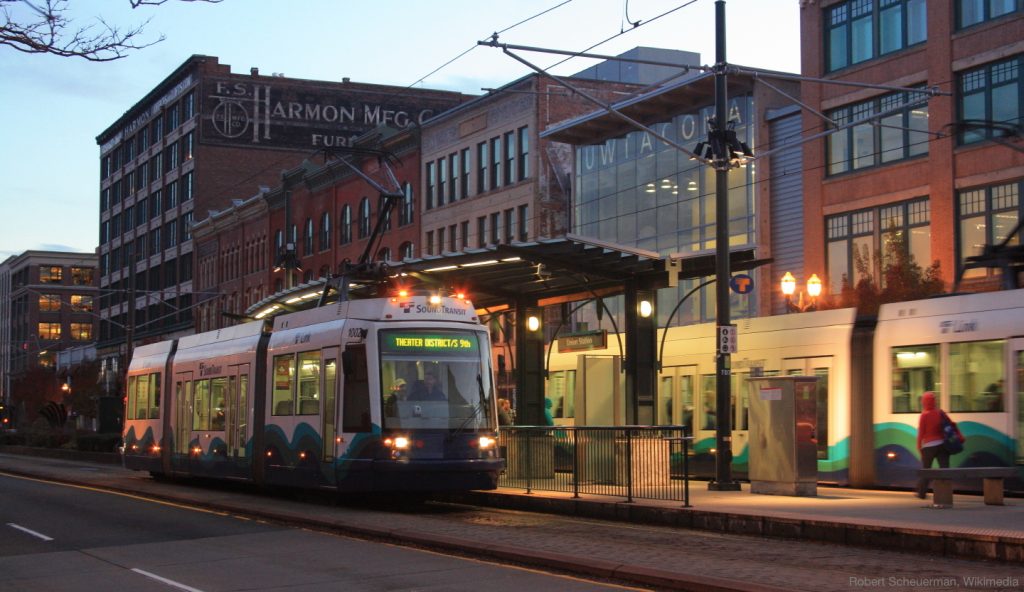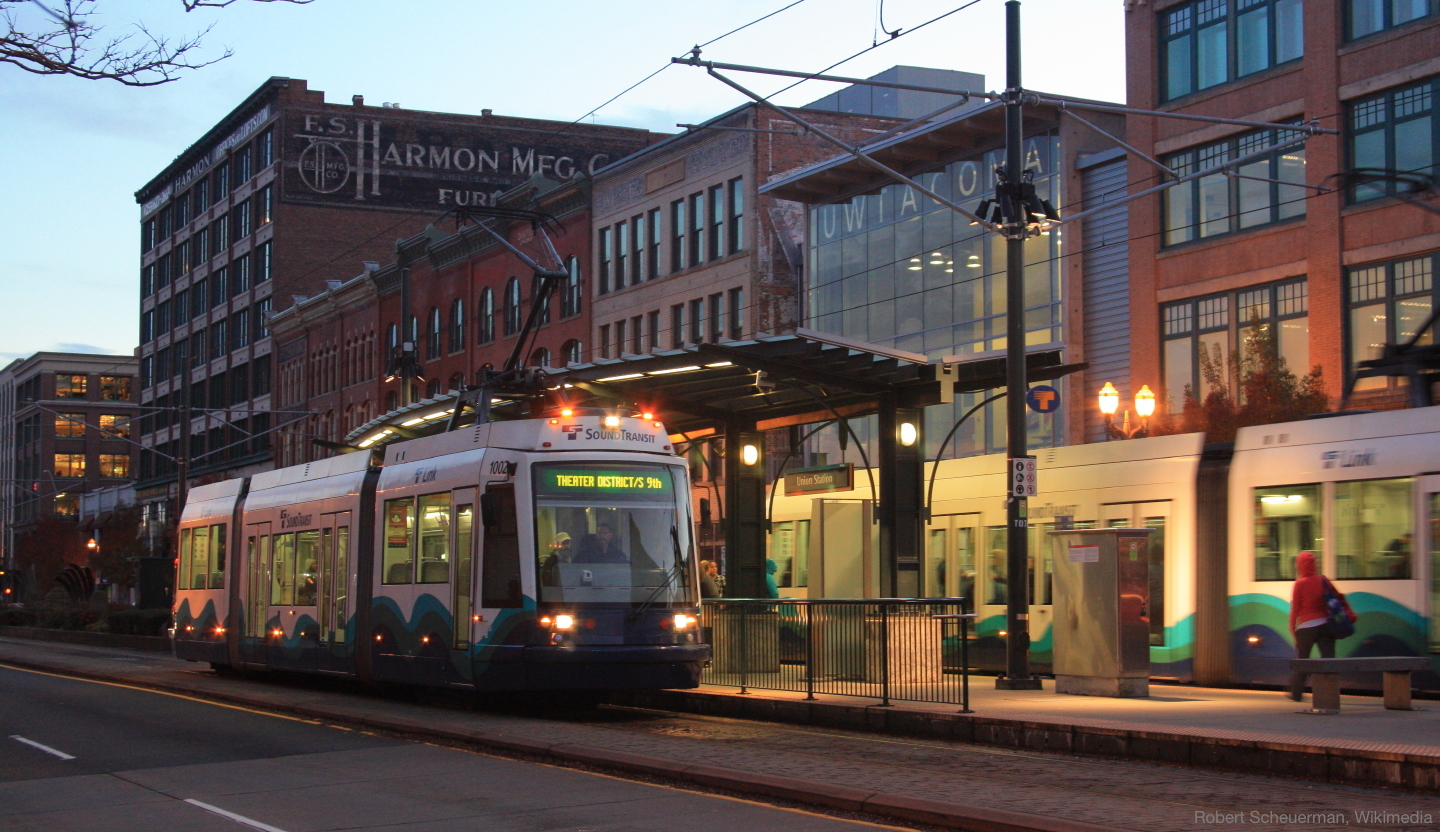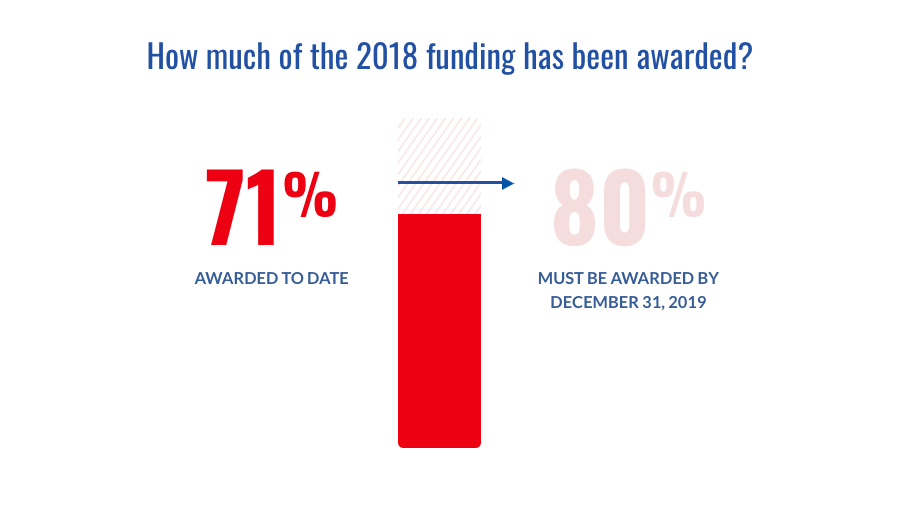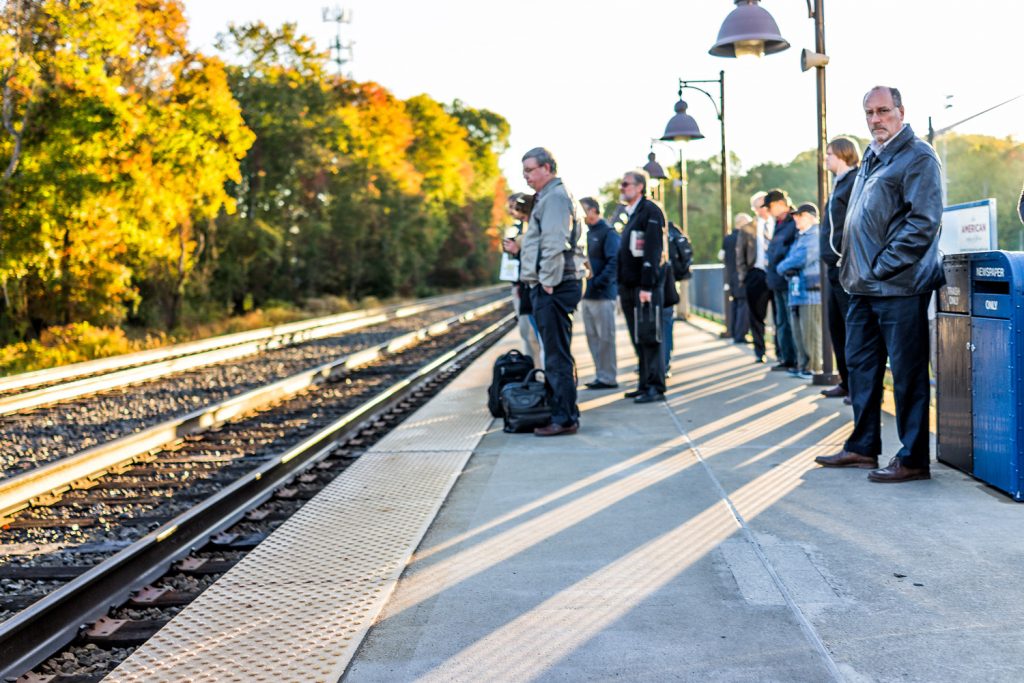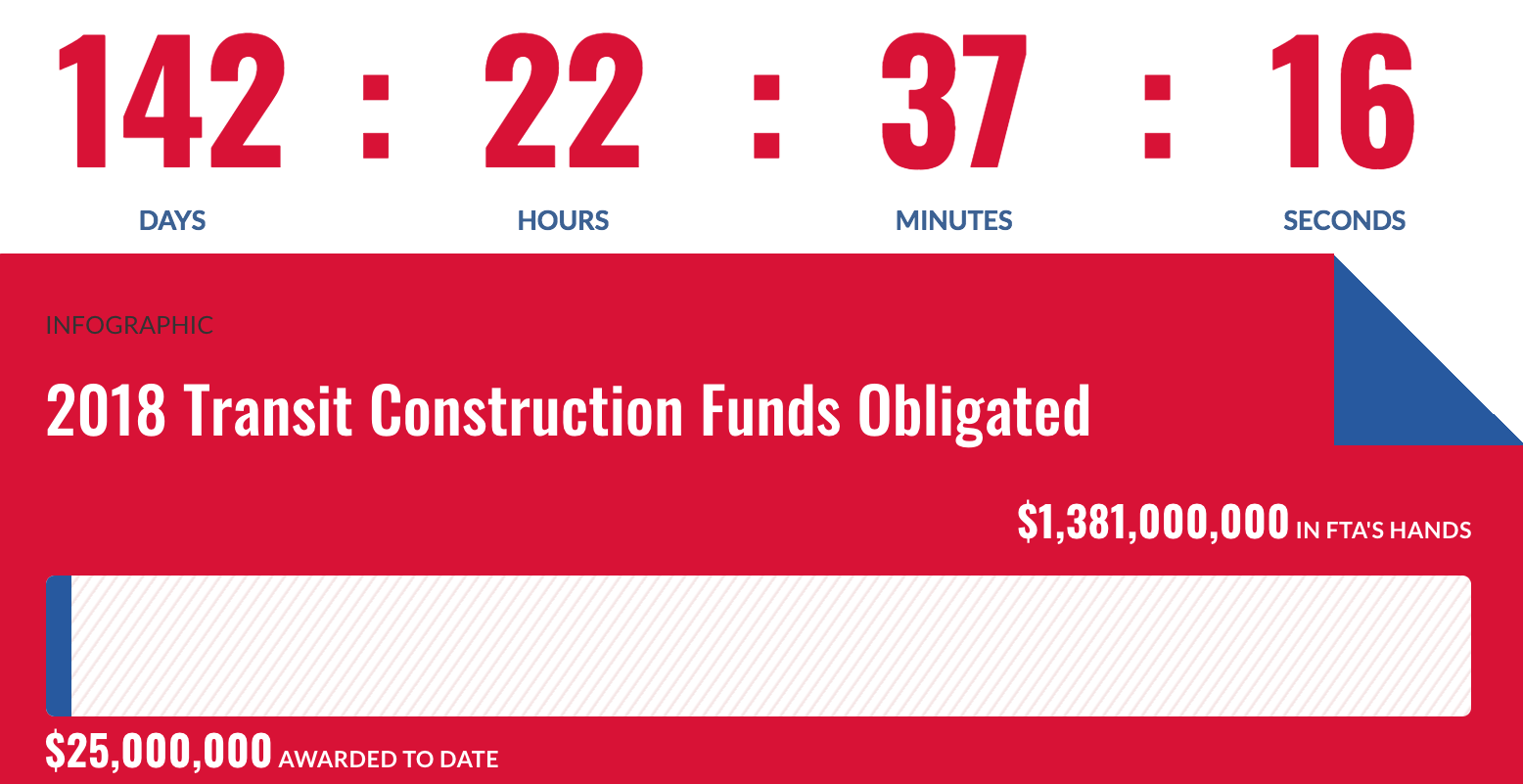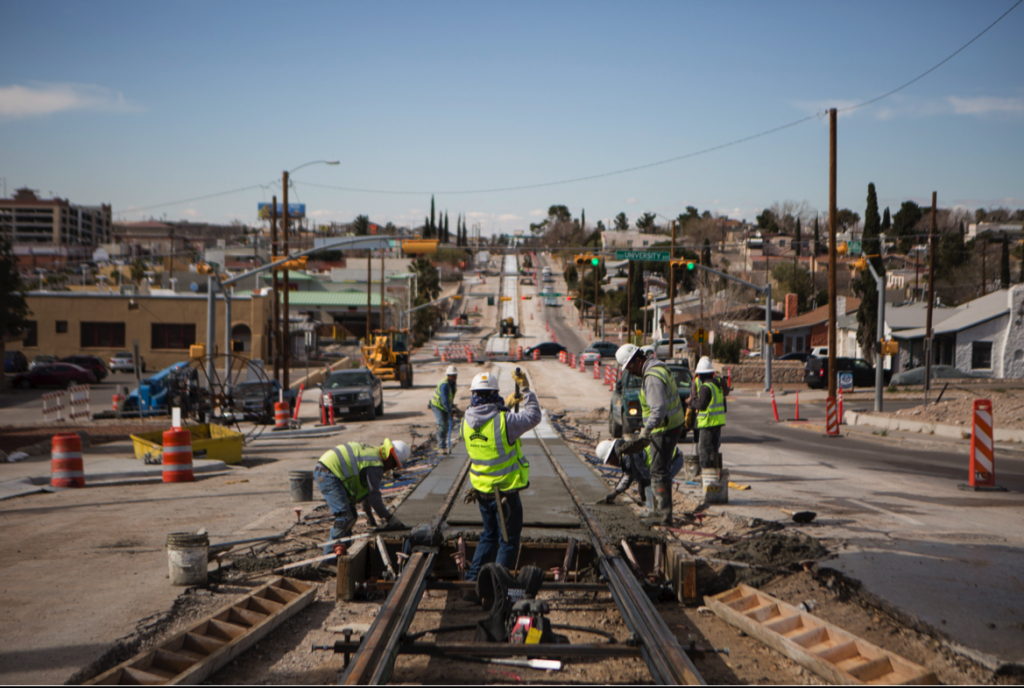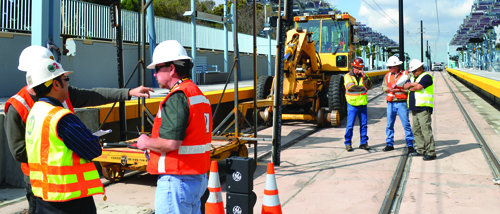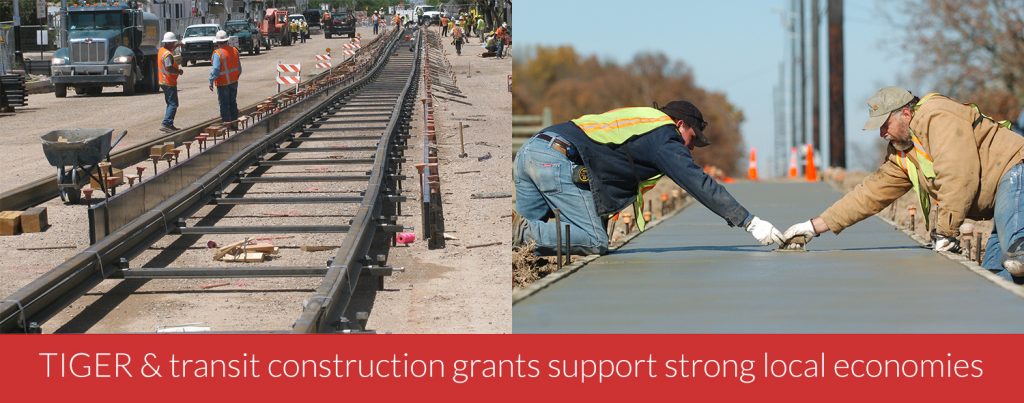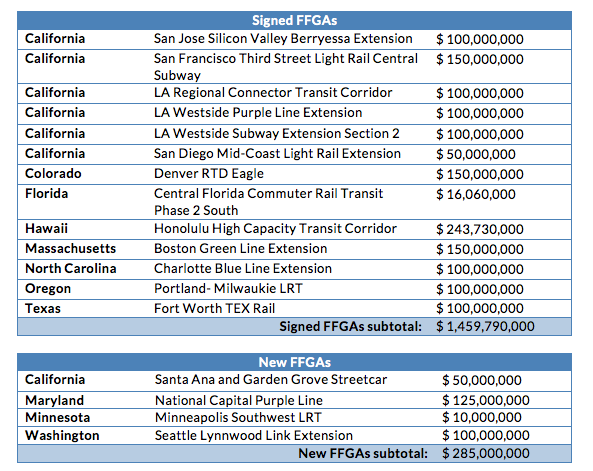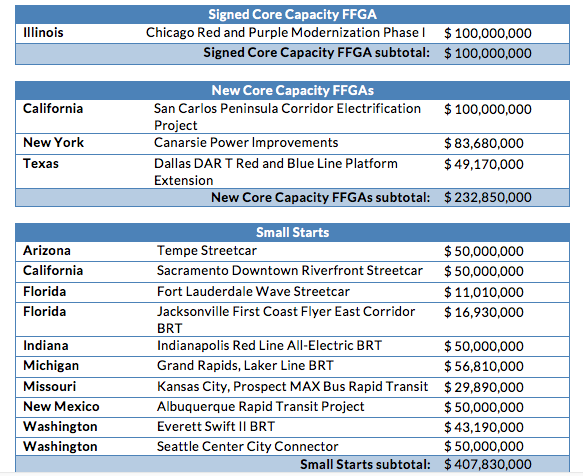
The appropriations process for 2023 determines funding levels for key infrastructure projects set up under the new infrastructure law. Congress’s proposals and the president’s budget aren’t lining up with the administration’s stated goals to improve safety, reduce emissions, and expand the national rail network.

The appropriations process
In 2021, the Infrastructure Investment and Jobs Act (IIJA or “infrastructure law”) reauthorized the federal transportation program, creating several new programs and increasing funding for many others. The IIJA guaranteed the funding of certain programs for five years through advanced appropriations, but the rest are subject to the annual appropriations process. On March 28, 2022 the Biden administration’s Office of Management and Budget (OMB) sent the president’s proposed budget for fiscal year 2023 (FY23) to Congress. On June 22, 2022, the House Appropriations Committee released its FY23 Transportation, Housing, and Urban Development (THUD) appropriations funding bill, followed by the Senate version on July 28.
T4A has been following the rollout of the IIJA, but much of our analysis depends on whether Congress chooses to fully fund it. Since 2023 will be the first full fiscal year since the IIJA was passed, this spending bill is the federal government’s first opportunity to set new funding levels since the law was passed. However, the current proposals spell trouble for the administration’s priorities.
Forgetting the promise of the IIJA
In many cases, both the House and Senate failed to fund programs at their IIJA-authorized levels. For example, the IIJA authorizes funding for key safety programs like the Safe Streets and Roads for All Program (SS4A) and Healthy Streets Program at much higher levels than what’s outlined in these proposals. The president’s budget provided $200 million for the SS4A, which can fund needed safety plans and projects, but nothing for Healthy Streets or the Active Transportation Investment Program (ATIIP), which could aid in the creation of active transportation networks.
The Senate zeroed out SS4A and Healthy Streets, while providing only $25 million to ATIIP. (The Senate bill instead prioritized the more flexible RAISE and PROTECT programs, both of which can be used to construct dangerous roads.) The House bill delivers slightly better on safety and active transportation by allocating $100 million to ATIIP, $250 million to SS4A, and $55 million to the Healthy Streets Program, but even their plan funds SS4A at only 8 percent of the level authorized by the IIJA.
Additionally, the Senate allocated $2.5 billion for the Capital Investment Grants (CIG) program, the main competitive grant program available for transit capital projects. This number is about $250 million less than the administration requested and about $500 million less than the House version (granted the House version exceeded the authorized level in the IIJA). CIG is the main competitive grant program available for transit capital projects.
Both proposed bills increase funding levels for Amtrak over FY22 levels, but not in a regionally equitable manner. In particular, the Senate bill allocates almost 40 percent of Amtrak’s funding to the Northeast Corridor, a small portion of Amtrak’s domain, while underfunding Amtrak’s National Network by about 35 percent, denying most of the nation’s rail service over $700 million in needed funding. These uneven investments will further exacerbate the already widespread belief that the Northeast Corridor is economically competitive with the transportation market, when in reality, the Northeast Corridor relies on federal funding just as much as other rail corridors—it simply has historically benefited from more federal funds.
Both bills also stripped the crucial Federal-State Partnership for Intercity Passenger Rails, a key source of funds for expanding passenger rail service across the country and establishing a national network, of over $1 billion in IIJA-authorized funding. This is all despite a stated commitment in the proposed Senate bill to sustain long-distance passenger rail services and “ensure connectivity throughout the National Network.”
Notably, the House and Senate were able to come to a consensus on one thing: fully funding the Highway Formula Program (Highway Trust Fund) at IIJA levels—$58.765 billion. These funds can be used for a range of projects, but more often than not, they’re used to back highway expansions or other costly infrastructure projects that undermine efforts to improve safety and advance climate goals.
The takeaway
These appropriations proposals were Congress’s first chance to fund programs since the IIJA passed. Though they couldn’t change the authorized funding levels set up in the infrastructure law, which invested a great deal of money into highways and set aside much smaller amounts for safety, transit, and rail, Congress did have the chance to ensure that even these smaller investments could receive their fair share. The decision to cut these programs will undermine the administration’s goals for the transportation system and will make it even harder for the IIJA to achieve its full potential.
The states will still be left with a tremendous amount of control over the safety of our streets and the level of our transportation emissions. The highway programs Congress chose to back are highly flexible, and states can use that flexibility to fund needed projects to boost connectivity, encourage active transportation, and create a better transportation system for all.





